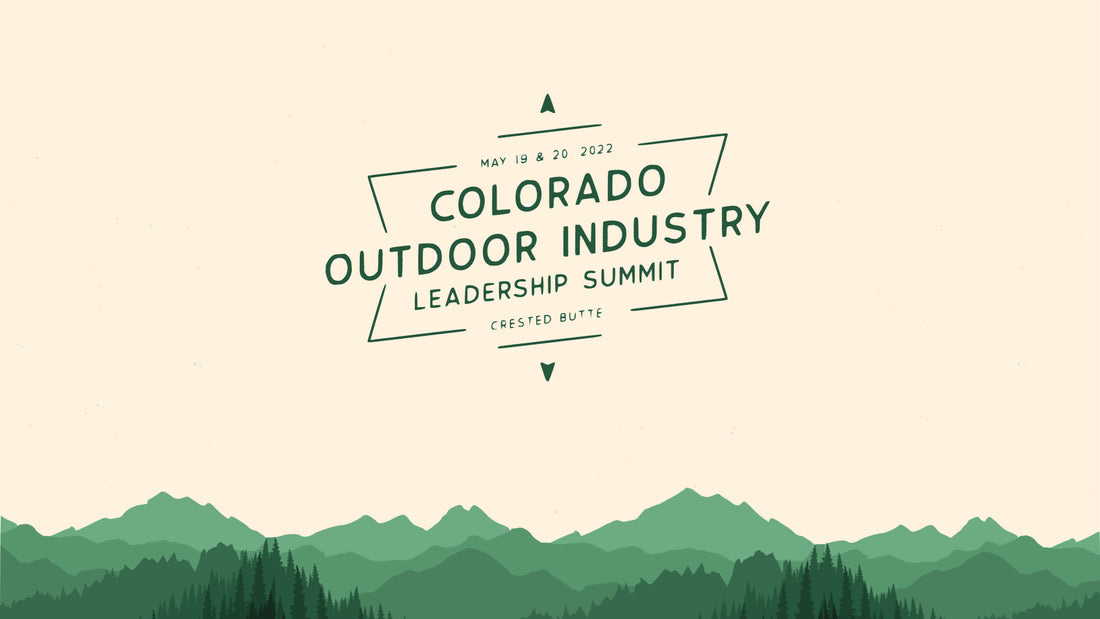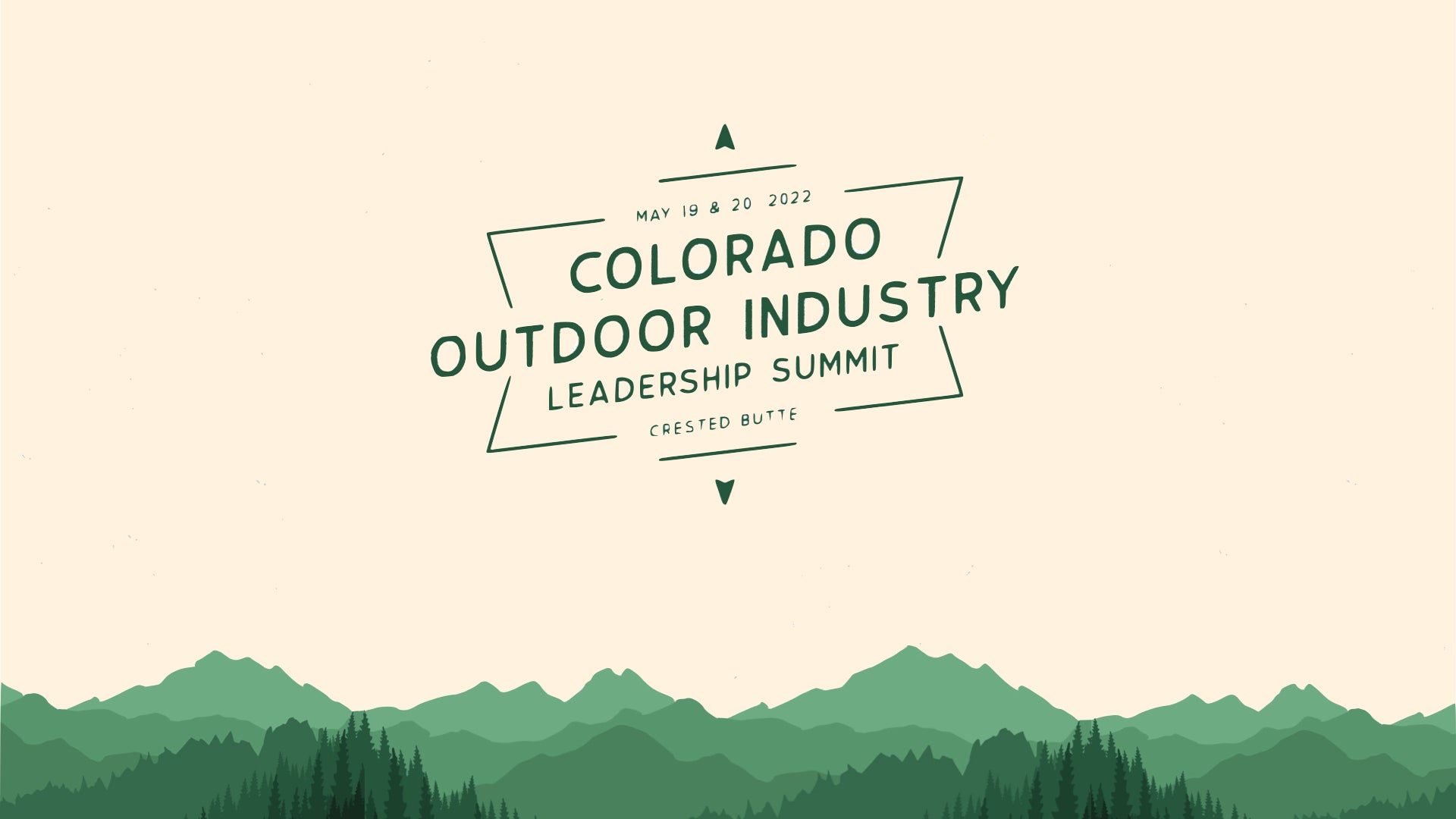
5 Trends Shaping Colorado’s Outdoor Industry
Share
One of the many things they do is bring these parties together to share ideas about how to continue growing this sector in Colorado. Here’s a few of the most important highlights and considerations coming out of the two days we spent with everyone:
Outdoor Recreation’s Influence Is Growing Rapidly In Colorado
The creation of the Colorado Outdoor Recreation Industry Office is a big driver influence. But, of great importance is its growth relative to extractive industries like oil & gas which have historically had the most influence in Colorado’s government. 18% of the jobs in Colorado are tied to the outdoor industry (that’s 500K), and 80% are outside the Denver Metro Area. $52 billion in economic spending, bigger than oil, gas and mining combined is driven by this industry.
“What gets measured, gets awesomer.” That’s how the saying goes, right? It’s a relatively new practice for our federal government to measure the economic data for the outdoor recreation economy. Crazy. We know. Now that the Bureau of Economic Activity measures the impact of the outdoor recreation economy we’ll continue to see its influence on policy at the federal and state levels grow. Or so we hope…
Local Organizations Are Leading The Way
Don’t sleep on the impact of your local organizations. Much of the most meaningful work and impact is taking place from the bottom up through partnerships between public and private organizations. Local communities across the state are coming up with creative solutions tailored to the unique circumstances of their area. Colorado organizations like Great Outdoors Colorado (GOCO) and the Colorado Recreation Industry Office come in to support through mentorship and funding.
Grant programs like the Colorado Industry Rec Grant, tailored to non-profit organizations, tribes and higher education institutions and the Colorado Outdoor Industry Impact Fund, specific to for-profit businesses are some of the big state-based sources of funding, but many cities and counties are coming up with their own solutions for funding their projects. Regardless, it starts at the bottom, so don’t talk yourself out of the significance of getting involved at the local level!
The Cost of Living Is A Hindrance
The outdoor industry provides good paying jobs, but you don’t pursue a career in it to become wealthy. Colorado’s overall cost of living is 121% of the national average and housing is 166% of average. The increasing costs of living, especially rising housing costs is creating challenges with filling key outdoor industry jobs, which are more essential as public land use grows.
On the private side, businesses of all kinds struggle to find workers and meet their needs if housing and other living costs continue to become prohibitive. Failing to address these issues will further challenge the health of our public lands and the organizations that are connected to them.
One action is to get connected to your local housing authority to influence zoning laws to allow for more multi-family housing solutions while moving away from exclusively single family dwellings.
Colorado (Still) Has an Inclusivity Problem
Late last year Colorado passed the Outdoor Equity Grant Program, which allocates increasing amounts of money to creating opportunities for under-represented youth and their families to access the outdoors. Colorado and our country as a whole has failed to make the physical and mental health benefits of outdoor access available to people of color for decades.
COVID, like all hardships, disproportionately affected these same groups. It created another challenge in the state’s effort to make the outdoor industry a more representative one. It’s not enough to say, “you’re welcome here.” We need programs that actually take action to bring marginalized groups (specially people of color and LGBTQ+) into the outdoors. There are many organizations in Colorado doing this work. Making a donation is a simple way to support their efforts.
The “Right Type” of Growth
We’re seeing rapidly growing participation in outdoor recreation, coupled with unprecedented levels of relocation to rural areas of our state. This is creating a strain on our public lands.
There’s a push and pull between growing outdoor recreation and protecting public lands and natural resources for the different types of people that depend on them. What does that balance look like? How do you find it? Ultimately, it’s a question that every community has to answer for itself.
The ones that seem to be succeeding are bringing together stakeholders who all use the land in different ways to develop solutions: from land management, agriculture, ranching, outdoor recreation and more. Collaboration at the local level is the key.







1 comment
Fantastic recap! Excited to see the continued growth of Colorado’s outdoor industry.